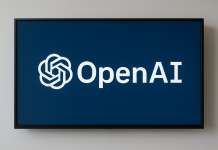The notoriously inefficient and disconnected operations of the healthcare sector increase the cost, concern, and time associated with already stressful medical problems. It is vulnerable to disruption and yet lags behind the rate of digital revolution that is redefining other aspects of our lives.
With platforms and application programming interface (API) interfaces that make sense of the medical billing and payments tumult, several FinTechs are confronting the fragmented structure of healthcare payments. They could be rather direct when describing how much modernization is needed in this industry.
As more responsibility falls on the patient-consumer who wonders why healthcare payments can’t be more like PayPal, Ken Abel, co-founder, and chief information officer of Lynx, said that from the perspective of what embedded payments offer to clear up the confusion, “Healthcare is probably trailing in that shift.”
According to Abel, this is what is really pushing things. People are starting to expect more from these experiences, comparable to what they get from Venmo and Cash App in terms of real-time and transparency. According to the business, “the traditional players in healthcare have kind of lagged behind in that, but it’s one of the things Lynx is putting forward to really help bridge the gap.”
Abel claims that Lynx wants the phrase “you may owe” eliminated from medical vocabulary.
He stated that in order to do this, “You must provide programmatic APIs that the organizations supporting those claims processes may include into their workflows. This will enable them to update those transactions, get access to the payment loop, and provide the user with more seamless assistance and an improved experience.”











